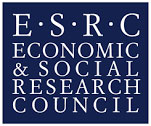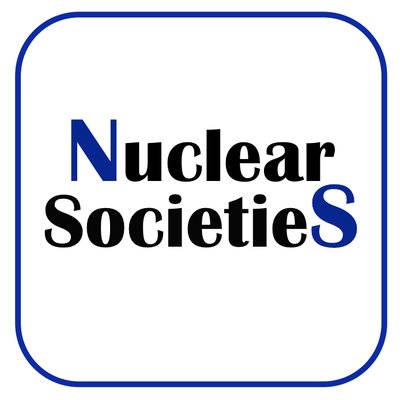Conducted between 2017 and 2022, this project discussed green energy futures through the lens of the Kvanefjeld mining project in Greenland. Through proposed extraction of both rare earth elements (REEs) and uranium in one particular place, the mining project transposes a global discussion on energy futures that opposes nuclear energy and renewable energies, to the local level. Green NGOs have mobilised against the project, and although they acknowledge the need for REEs in the making of renewable energy technologies, they condemn the extraction of uranium that will feed nuclear power plants.
The Kvanefjeld deposit was first explored by Denmark from the early 1950s to the late 1980s, a time during which Denmark extensively researched the feasibility of a domestic nuclear energy programme fuelled with Greenlandic uranium. The rise of anti-nuclear movements led to the abolishment of the Danish nuclear energy programme in 1985, and a subsequent ban on uranium activities in Greenland in 1988. Using desk-based analysis of historical texts and first-hand data (interviews) collected on the ground, the project shows how past issues that remained unsolved with the abolishment of the Danish nuclear energy programme are resurrected in the modern debate. This arguably shapes how conflicting arguments are weighted in current discussions, and the nature of the current debate in Greenland leads back to Denmark’s energy production choices of the past. Although nuclear and renewables are often put in opposition in energy debates, this research hints that both energy sources are intrinsically linked both in and on the ground. The recurrent presence of uranium and other radioactive materials in REE-bearing rocks can impede the development of renewable energies on the ground through conflicting visions of energy futures extraction unearths.
However, this link finds existence partly due to the way REEs extraction is currently envisioned, notably in Europe. Portrayed as necessary for modern green technologies, the technological applications of REEs are used by globalised mining companies to legitimise their mining projects. Analysis of the evolution of mining techniques shows that projects such as Kvanefjeld are likely to increase the environmental burden caused by the mining industry. Modern mining techniques, as the result of various technological innovations, have led to an increasing strain on the environment though production of increasing volumes of waste. Moreover, prevalence is still largely placed by operators and legislators on economic stakes and resource supply security, generating practices that leave little leeway to amend subsequent environmental prejudices. This creates an environmental paradox, as resource holding nations take the environmental burden of attempts to decarbonise the global economy. This research posits that all such mining projects are environmentally problematic, even in the service of green futures.
Contact: Florian Abraham – f.abraham2@exeter.ac.uk



